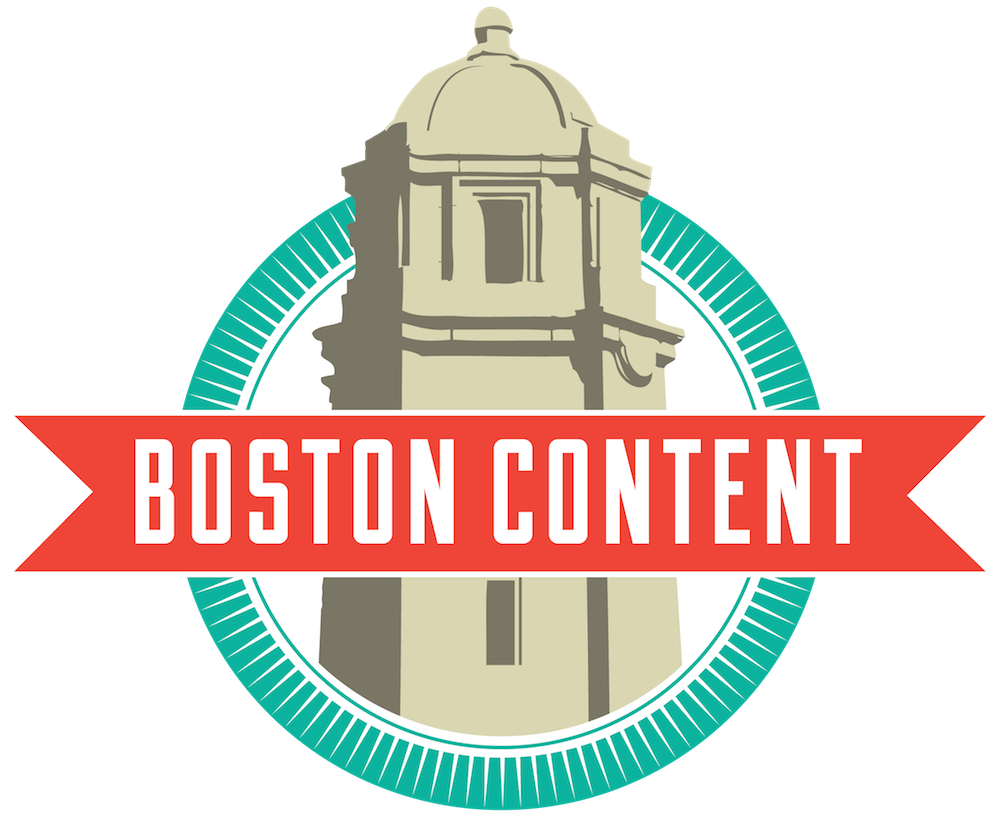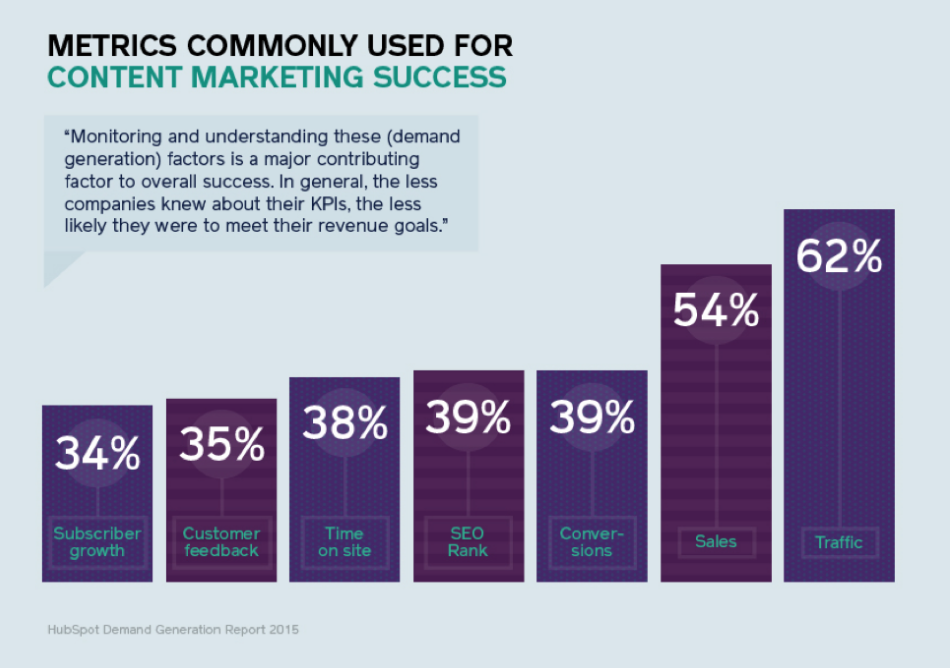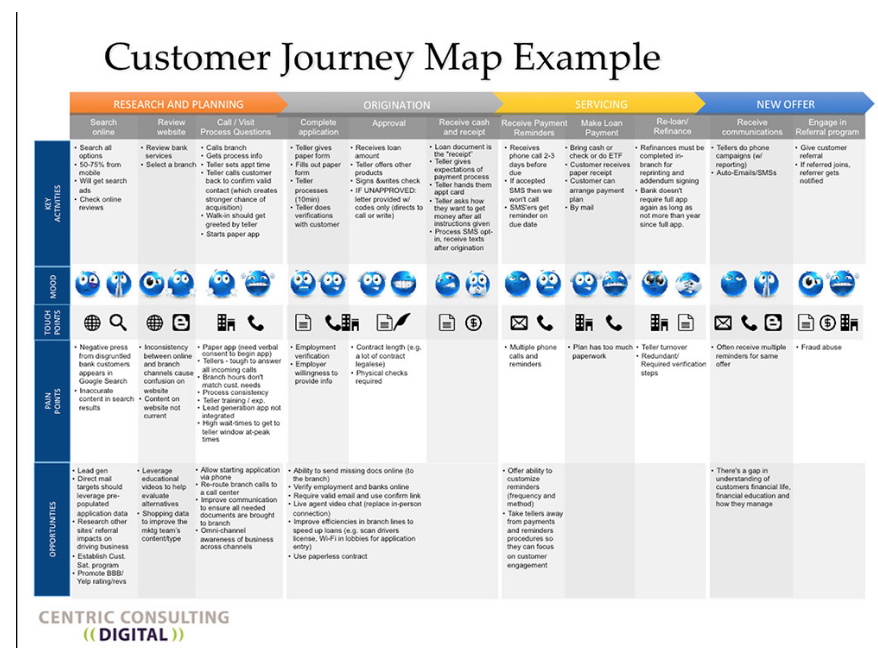Liz Joyce has led content and marketing strategy and produced stories for brands, non-profits, and the public sector. She’s particularly interested in exploring the blurring lines between marketing content and media. Send her a note if you are, too.
Imagine the Earth is an organization, and it has hired you for help. Earth needs more people to care about its land and animals. Awareness is Earth’s number one goal, and it wants to reach as many people as possible.
Channel-wise, you’re already sure: to reach a large audience, television is perfect. To be successful, your content needs to keep the audience engaged and entertained, but still communicate Earth’s message. And to make the most of the investment in production, you need viewers to share the content to even more people. You need to create a viral TV show.
Though Earth’s brief is imagined, the result is real. The hit series Planet Earth is essentially a wildly successful content marketing campaign for the environment. Tens of millions have watched episodes live on television. Celebrities have created viral spoofs of already viral moments. It’s an excuse to have a party. The show has cemented itself in our culture, and that’s not a mistake.
Yes, the BBC has a huge marketing budget, the show had a primetime slot, and it’s hosted and narrated by the most famous nature documentary voices of all time. Those things aside, it’s a valuable exercise to deconstruct the series’ highly-effective formula for each episode: the narrative structure, the delicate balance of entertainment and education, moments built for virality — and yes, David Attenborough.
Each hour-long episode focuses on a different biome. Each biome is illustrated through an age-old tactic for communicating complex concepts: the emotional stories of living beings. Take season two’s Grasslands — at face value, not the sexiest biome, but it employs the show’s brilliant bag of tricks to make grass as gripping as season one’s birds of paradise mating dance.
Let’s pause for a moment to address Sir Attenborough. Attenborough was the obvious choice to narrate the show (though Sigourney Weaver narrated the original U.S. version), but besides his legendary status, he’s ideal for the content anyways. He’s inherently charming, and perfectly delivers narration ripe with authentic reactions and occasionally profound statements, and grounded in accessible, colloquial language. And the content isn’t flooded with voice-overs; each bite of the script is perfectly crafted and placed, only serving to help us understand and invest in the stories we watch play out in stunning high definition.
The narrative of each biome is constructed with short stories punctuated by big facts and big visuals. Big facts command attention and communicate scale. The show often uses them to open an episode. In Grasslands, the first thing we learn is that one quarter of all the land on earth is covered by grass, and that grass can grow two feet in a day and be tall enough to hide an elephant. While the stats help shape the narrative, the show’s mind-blowing visual moments are a reason to watch, and become shareable break-off pieces of content that act as a conversion tool for new viewers.
Ultimately, the hour-long format demands stories to tie facts and moments together, and long-term success hinges on forging an emotional connection with viewers. From one harvest mouse navigating tall prairie grasses to caribou calves in a herd 70,000 strong, we’re served stories that follow classic narrative arcs with time-tested themes of conflict, collaborations, and love.
In these stories, animals’ bodies and behaviors are often helpful tools to set up a big scene, and to help us grasp the facts, the narration often employs comparisons. For example, the final story in Grasslands focuses on caribou, and we’re told, “At one day old, [caribou calves] are already faster than olympic sprinters.” Soon after we learn the calves are extremely fast, we see a high-speed chase with a wolf. The “hunt” scene is a common formula throughout the show. In this one episode, we see five. After learning that a harvest mouse is “as agile as a monkey,” it must navigate a thick meadowland to escape an owl. Once we know a serval has extra long legs and enormous radar ears, we watch it stalk a vlei rat in tall grass, and so on.
Finally, truly unique, stunning visuals are a hallmark of the series. It was the first nature program to be shot entirely in high-definition, and captured never-before-seen footage with literally record-breaking filming techniques. And just like repeated storytelling tactics, the show also has a visual toolset that supports its shareability and majesty that I won’t dive into in this post ... but those insane time lapses … memorable magic.
The icing on top? A short, classic behind-the-scenes piece caps each episode. We’re rewarded with understanding just how hard it was to capture the special footage we saw, and reminded that behind these all of these stories are humans. Perfect.
Spinning nature into a viral television show is no easy feat. Planet Earth is full of valuable lessons for any content producer, but, if there’s anything I leave you with, if somehow you haven’t seen Planet Earth II, just know that this creature exists.




